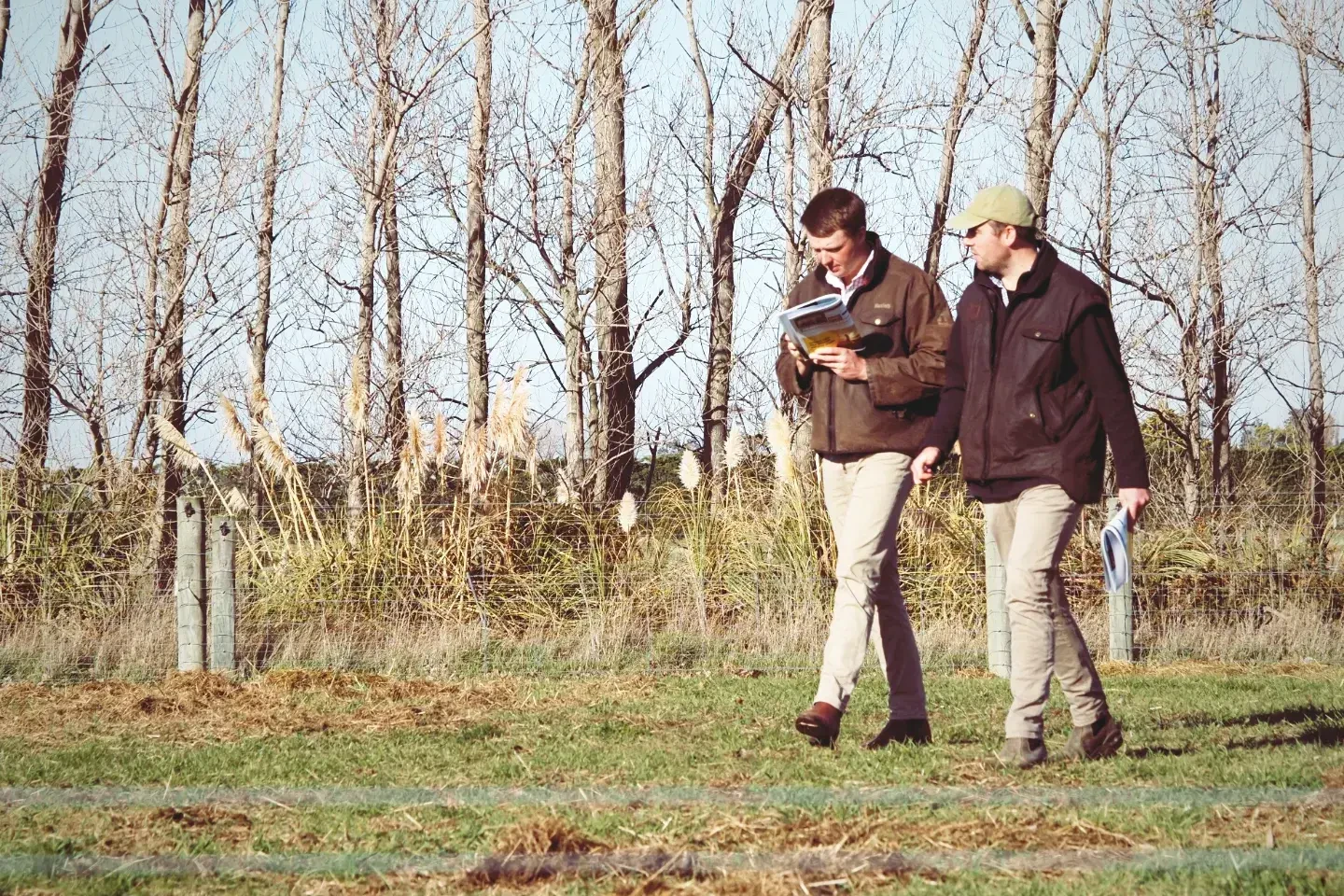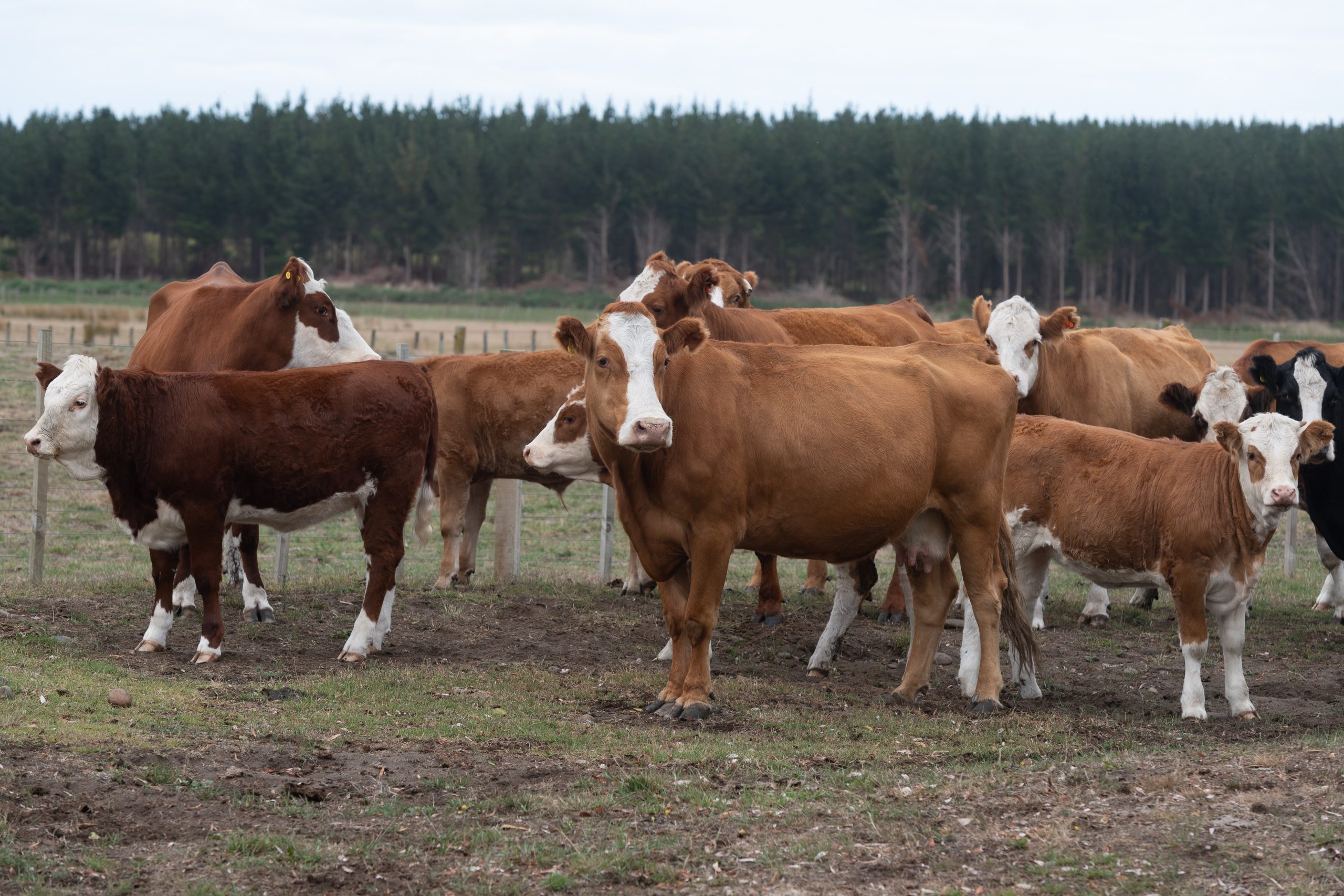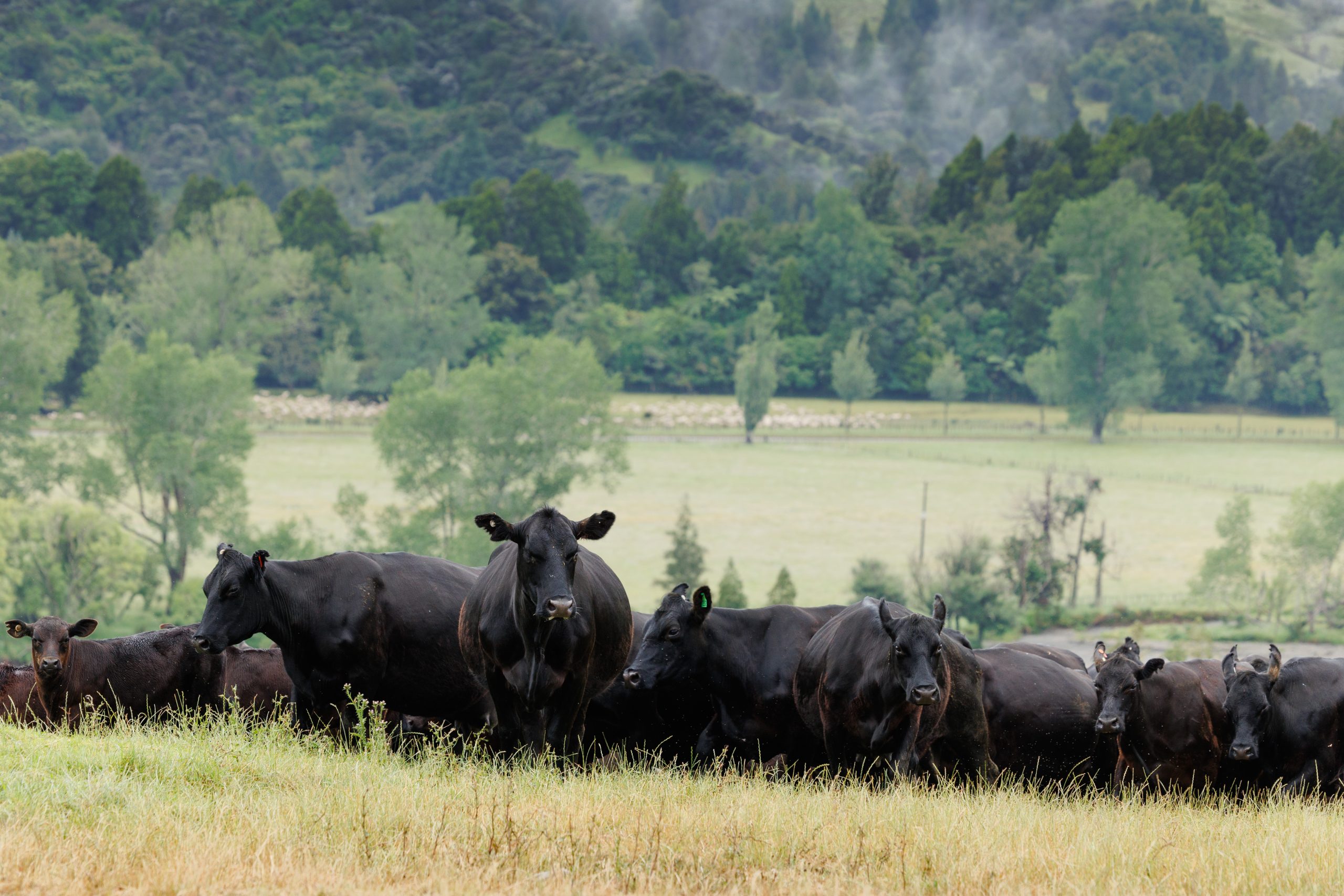Triple drench resistance sparks substantial change
Meringa Station changed its stock strategy to graze three rotations of cattle after the sheep to combat triple drench resistance. Words Sarah Perriam-Lampp, Photos Pamu.

The past few years have seen a rapid decline in the efficacy (effectiveness) of drench in both cattle and sheep farms across New Zealand. At least one in three Kiwi sheep farms has triple drench resistance according to the latest drench efficacy testing undertaken by Techion, a technology company that founded the faecal egg count (FEC) tests known as FECPAK. Pāmu, New Zealand’s largest farmer, is further a reflection of the nationwide statistics with finding 29% of their 49 sheep, beef, and dairy support farms have triple drench resistance predominantly in the North Island sheep farms.
Dr Dave Leathwick is a parasitologist who wrote a drench management programme for Pāmu in the 1990s, and faecal egg count reduction testing (FECRT) started on Pāmu farms as early as 1992. Testing has been done on each sheep farm every one to four years since then (depending on status), giving each farm a large bank of historical data where drench efficacy has been tracked.
Meringa Station was one to discover the lack of efficacy in the triple combination with its resistance discovered in 2020. The 1,904ha hill-country property is 30 minutes from Taumarunui, producing 8,800kg of pasture drymatter/hectare per year and running 16,000 stock units (62:38 sheep:cattle ratio) across a 1,492ha effective platform. Most of the farm is lamb finishing, despite just 33% of the property being cultivable and 41% moderate hill country, with some sheep and cattle breeding, and cattle finishing.
‘It is estimated the production cost to the sheep industry of drench resistance is $110 million annually; equating to around $70,000 per property for farmers unknowingly using ineffective drench.’ – Techion report, August 2024
The previous ratio of sheep to cattle was 80:20 stock units; it’s now 65:35 after farm management and stock policy changes on the advice of Drs Dave Leathwick and Chris Miller (AgResearch) and (then) local veterinarian Dr Ginny Dodunski. They worked with Meringa Farm Manager Graham Sinnamon to design a worm monitoring and management system. The team carried out a farm policy review that changed how lambs were grown out and managed, as well as the growth of a high‐performance ewe flock, using cattle on the property, and the strategic use of worms from other Pāmu farms. While it added complexity to the farm systems, it has resulted in significant gains against the challenge of drench‐resistant parasites.
How they changed their farm system
Faecal egg count testing: Knowing the exact problem at any time, Meringa conducts faecal egg count tests every four to six weeks to assess parasite levels in livestock. This helps determine when drenching is necessary and ensures the right drench for the right worm is used. Testing is also carried out post‐drench to measure efficacy.
Strategic drenching: The farm moved from monthly drenching of all 25,000 sheep, to strategic drenching schedules based on the testing, parasite life cycles and seasonal conditions. This targeted approach helps in using drenches more efficiently and reduces unnecessary treatments that could contribute to resistance.
Pasture management: Grazing residuals is important. Longer grass both pre‐and post-grazing is better as eggs are closer to the ground. Integrated grazing of lambs, then ewes or cattle, helps with this.
Bringing in cattle: As sheep and cattle parasites are different, Meringa changed its stock strategy to graze three rotations of cattle after the sheep. Where the previous ratio of sheep to cattle was 80:20 stock units, it’s now 65:35.
Seed good parasites: The team brings in sheep from other Pāmu farms where triple drench resistance has not taken hold. They graze the pasture for one rotation, and the parasites they drop in their faeces change the population to those susceptible to drench.
Exit drench protocol and quarantining new stock: Some farms believe that every kilo counts when putting stock on the truck, and don’t follow the practice of drenching and standing down animals before travel. As a consequence, they can be sending dangerous parasite burdens onto the next property. Meringa is stringent about the drench status of stock arriving on farm and will follow up with a quarantine paddock before the animals are put on the farm.
Continuous learning and training: Meringa’s collaboration with experts helps the farm adopt new strategies to build on its approach to managing drench resistance. The farm’s proactive stance serves
as a model for other farms facing similar challenges. And the approach has had other positive impacts on farm performance.
Parasite management is the hardest disease prevention programme for our farms because it is complex, and each farm system is different. While there are some very experienced veterinarians in this field, others are still navigating it and learning. – Angela McEwan, Pāmu Head of Veterinary.
Where drench efficacy is seen to be declining or where risk is identified, an action plan with multi‐pronged approaches is put in place on the Pāmu farms to address farm management systems to
improve the parasite burden.
Led by Pāmu veterinarian Dr Angela McEwan, local veterinarians have been engaged and are actively involved in day‐to‐day management discussions on parasite management.
“There is urgency on several farms to find a better balance between commercial imperatives and a focus on parasite management,” says Dr McEwan. “Farm system conversations alongside drench use are critical to the success of this programme.”
She says she has found that often farmers surface other opportunities and benefits when they make changes to their farm system as a whole, and Pāmu has been active in supporting industry knowledge‐sharing of farms’ experiences.
What is triple drench resistance?
It is when all three single actives have achieved less than 95% egg count reduction post‐treatment based on results from doing faecal egg count (FEC) tests.
Much of the industry reporting is based on the single actives given in combination. This triple combination will sometimes achieve better efficacy, masking emerging resistance. Do you know your drench resistance status?




